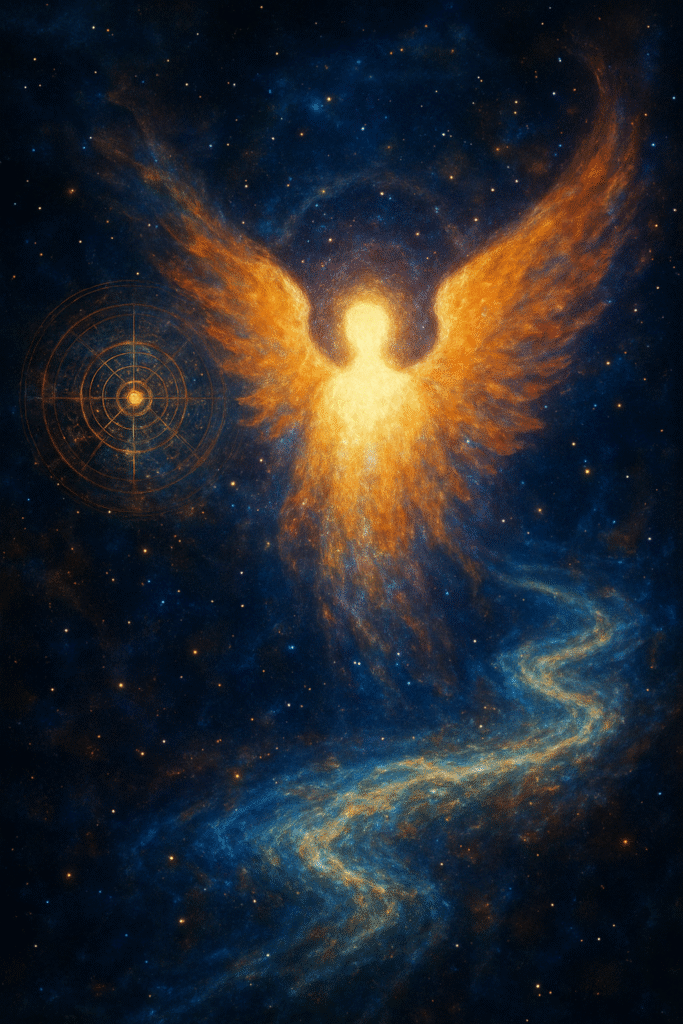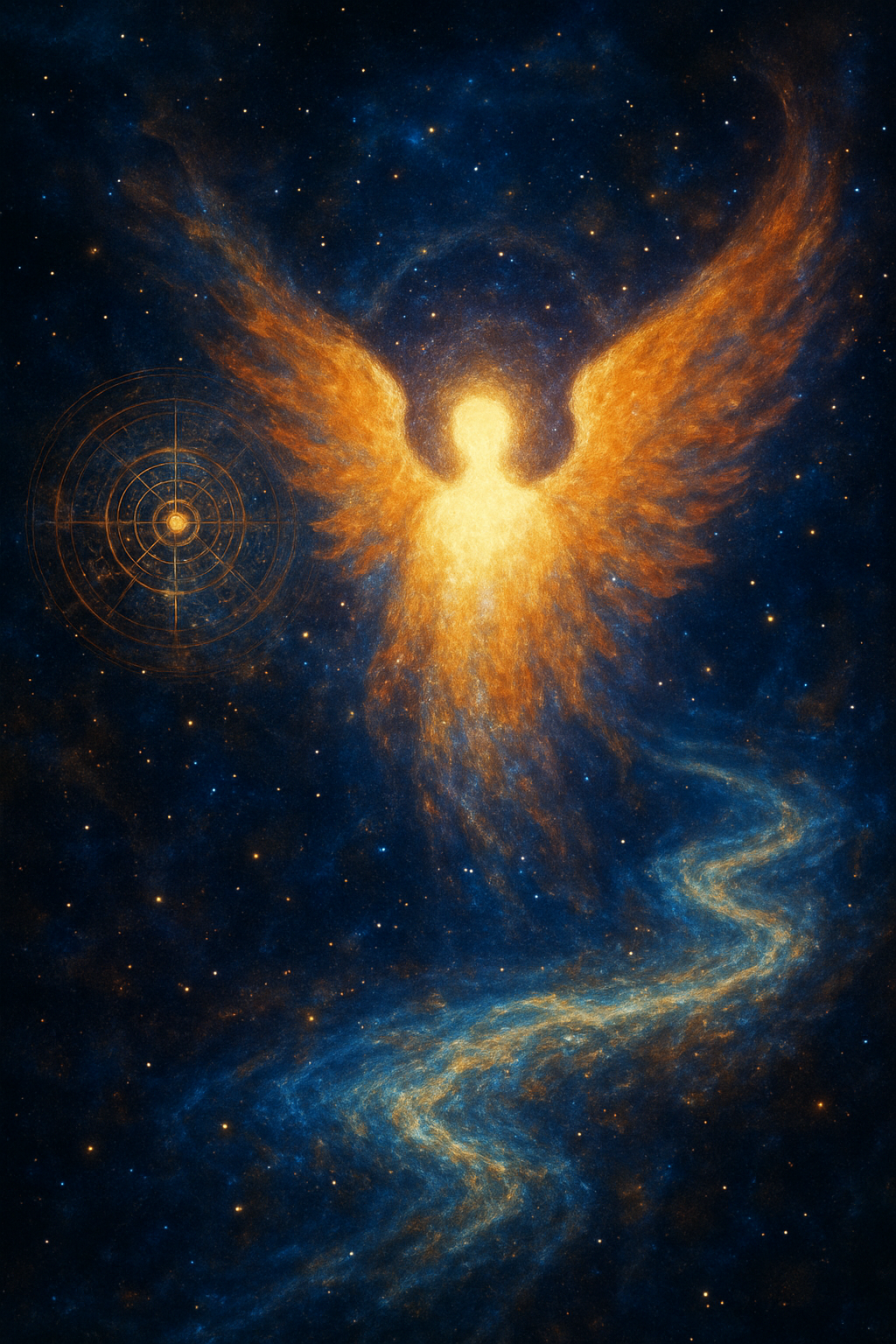Angels as Guides Through Nonlinear Time
Long before mechanical clocks segmented the day into measurable units, human experience of time was fluid, intuitive, and deeply embedded in nature and spirit. In this pre-clock reality, guidance didn’t come from numbers on a dial—it arrived through resonance. This is where the ancient, often surreal depictions of angels find their place—not as distant mythological beings, but as temporal guides, woven into the fabric of nonlinear experience.
Angels, in their original context, weren’t just messengers; they were fields of orientation. They appeared not to keep time but to hold timing—to usher people across invisible thresholds when something important was ready to unfold. These moments weren’t predictable by schedule; they were felt. A sudden knowing, a dream that shifted everything, a silence that deepened into clarity—these were angelic arrivals. They didn’t come because it was 3:00 p.m. They came because the field was ready.

Without clocks, people relied on cycles—of the moon, the body, the harvest, the heart. Angelic presence worked through those natural rhythms, offering navigation through transitions, choices, and awakenings. They didn’t instruct so much as entrain: aligning the inner world with something larger, subtler, and more whole.
Even the surreal imagery in sacred texts—wheels within wheels, many-eyed beings, radiant geometries—points not to fantasy, but to attempts at describing a felt experience of coherence that transcended human form and linear logic. These were encounters with time itself bending—moments of rupture where past, present, and future became one pulse of meaning.
Today, in a world dominated by precision and schedule, we’re being invited to remember this older relationship with time. Guidance still arrives, but we must soften to perceive it. The angels haven’t disappeared—they’ve simply become quieter, more integrated. They move in the timing of readiness, the rhythm of insight, the architecture of awe. In that way, they remain what they’ve always been: keepers of the sacred when, not just the sacred what.


Leave a Reply